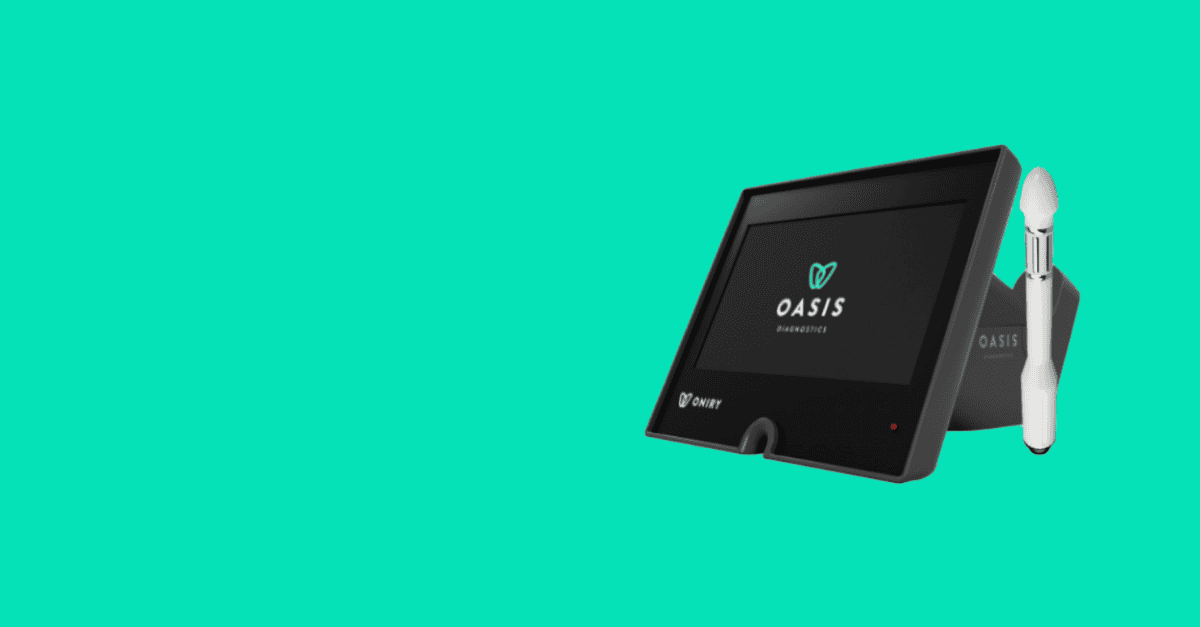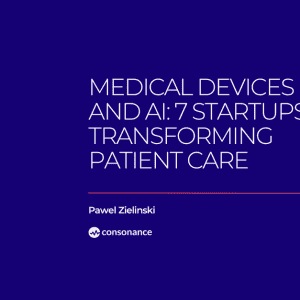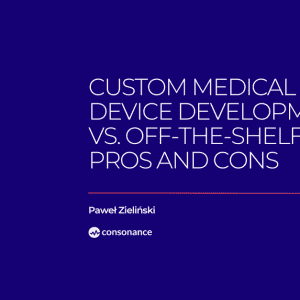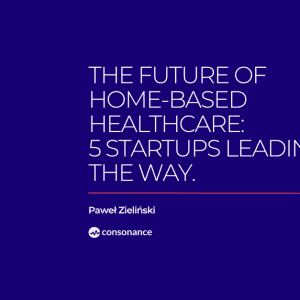How Clinicians Can Build MedTech Innovations That Actually Work?
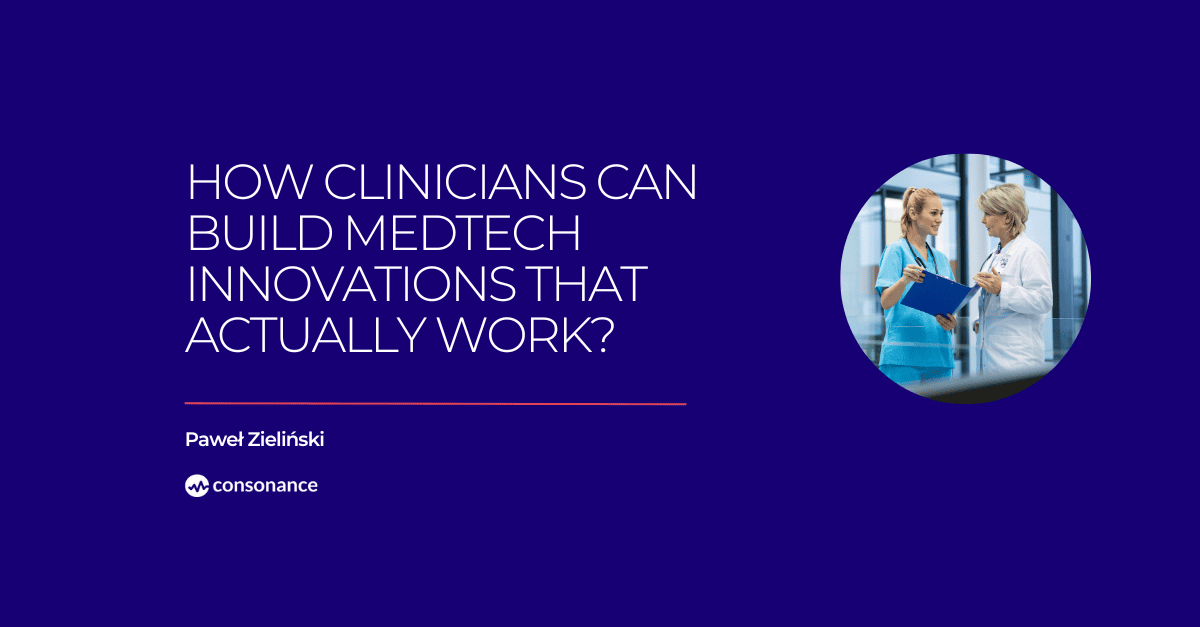
This simple guide for clinicians aims helping to turn ideas into a real-world MedTech innovations with the right development partner.
You’ve seen the gaps. You’ve lived the inefficiencies. You’ve probably thought more than once: “There has to be a better way to do this.”
If you’re a doctor, nurse, therapist, or other clinical professional, chances are you’ve had an idea for improving patient care or streamlining workflows. But turning that idea into a real, working medical device? That’s where most clinical innovators hit a wall. Maybe you’ve already sketched your concept. Maybe you’ve been approached by a university tech transfer office or an accelerator. Or maybe you’re just wondering where to start. This article is for you – the clinician who sees potential for real innovation but doesn’t know how to build it or who to trust to build it with.
Clinicians Are the Missing Link in Most MedTech Innovations
Here’s the paradox: many startups struggle to find a genuine clinical need. Meanwhile, many clinicians see problems every day that could be solved with technology – but they don’t know how to design or develop devices.
You hold the knowledge most startups wish they had: insight into real-world medical workflows, patient needs, and practical limitations. That insight is the foundation of a successful MedTech product. What you may need is a development partner who can turn your experience into a usable, testable, and scalable device.
Why “Build It Yourself” Doesn’t Work in MedTech
Let’s be honest: medical device development is complicated. And for good reason. Unlike consumer tech, MedTech must navigate:
- Regulatory compliance (MDR, FDA, ISO 13485).
- Clinical safety and risk management.
- Usability engineering and human factors.
- Data privacy and cybersecurity.
- Evidence generation and reimbursement pathways.
Add technical design, electronics, mechanics, software, apps, and user testing – and it becomes clear that no single person or hospital team can do it all.
Trying to coordinate freelancers, academic partners, or agencies on your own often leads to delays, budget overruns, or worse – devices that don’t pass clinical validation. That’s why choosing the right development partner early on makes all the difference.

Clinicians are the missing link in most MedTech startups
What a Good Development Partner Should Offer You
If you have a clinical idea and are looking for help to build it, here’s what to look for in a MedTech development partner:
- Integrated capabilities. Can they handle the full process from concept design through prototyping, testing, regulatory support, and manufacturing transfer?
- Cross-functional expertise. Look for teams with experience across hardware, software, electronics, and clinical validation – not just engineers.
- Medical device quality systems. Is the company certified to ISO 13485? Do they follow design controls and risk management standards?
- Clinical collaboration mindset. You should be treated as the core inventor – not just a consultant. Your medical insight must drive the design process.
- Transparent communication. Are they clear about timelines, risks, and costs? Can they explain technical concepts in plain language?
- A track record of getting things to market. Check their portfolio: Have they helped other clinicians or startups move from prototype to product?
Your Role: Not Just an Idea Generator – A Co-Creator
You don’t need to write code, solder circuits, or know the MDR by heart. But you do need to stay involved – because your medical insight is what make MedTech innovations clinically useful.
The best development processes involve clinicians from day one. At Consonance, for example, we’ve helped physician-founders and clinical teams develop everything from wearable sensors to robotic rehabilitation systems and digital therapy platforms.
In every successful case, the clinicians were not just the “idea people” – they were deeply involved in:
- Defining clinical use cases and constraints.
- Shaping usability and workflows.
- Reviewing prototypes and UI.
- Providing early-stage feedback from peers and patients.
- Preparing clinical evaluation plans.
The result? Devices that are usable, certifiable, and fundable – because they solve real problems.
What Your Innovation Journey Could Look Like
Not sure what happens after your idea? Here’s a simplified path to market we often guide our clinical partners through:
- Initial scoping – Define the clinical problem, use case, and user needs.
- Concept development – Sketch device functionality, architecture, and system design.
- Proof of concept – Build and test early models in simulated environments.
- Prototype development – Develop usable hardware, software, and interfaces.
- Regulatory strategy – Design controls, risk management, documentation.
- Pre-clinical/clinical validation – Plan and execute early tests.
- Manufacturing and scale-up – Transfer to production and prepare for market.
At each step, your insight shapes the process. And a good partner ensures the path is technically sound, compliant, and tailored to your vision.
Real Impact: When Clinical Ideas Go Right
We’ve seen and worked with clinicians to bring powerful ideas to life. Like true MedTech innovations.
A dermatologist inspired a device intended for diagnosis and determination of trigger threshold of a dermatographism.
A surgeon obstetrician partnered with us to design a medical device for rapid detection of obstetric anal sphincter injuries after a natural delivery.
None of them started with engineering backgrounds. But all of them had two things: a clear clinical problem and the right development partner.
Final Thought
If you’re a clinician with a MedTech idea, you don’t need to wait for someone else to build it. But you also don’t have to do it alone. The most successful clinician-led innovations come from partnerships where your medical expertise is combined with development, regulatory, and product-building know-how.
At Consonance, we specialize in helping clinicians like you transform your ideas into safe, usable, and scalable medical devices. From first sketch to final certification – we’ve done it many times, and we’re ready to do it again with you.
👉 Let’s talk. Whether you’re exploring an idea or already building a prototype, we can help guide the next step.
Contact us now!

